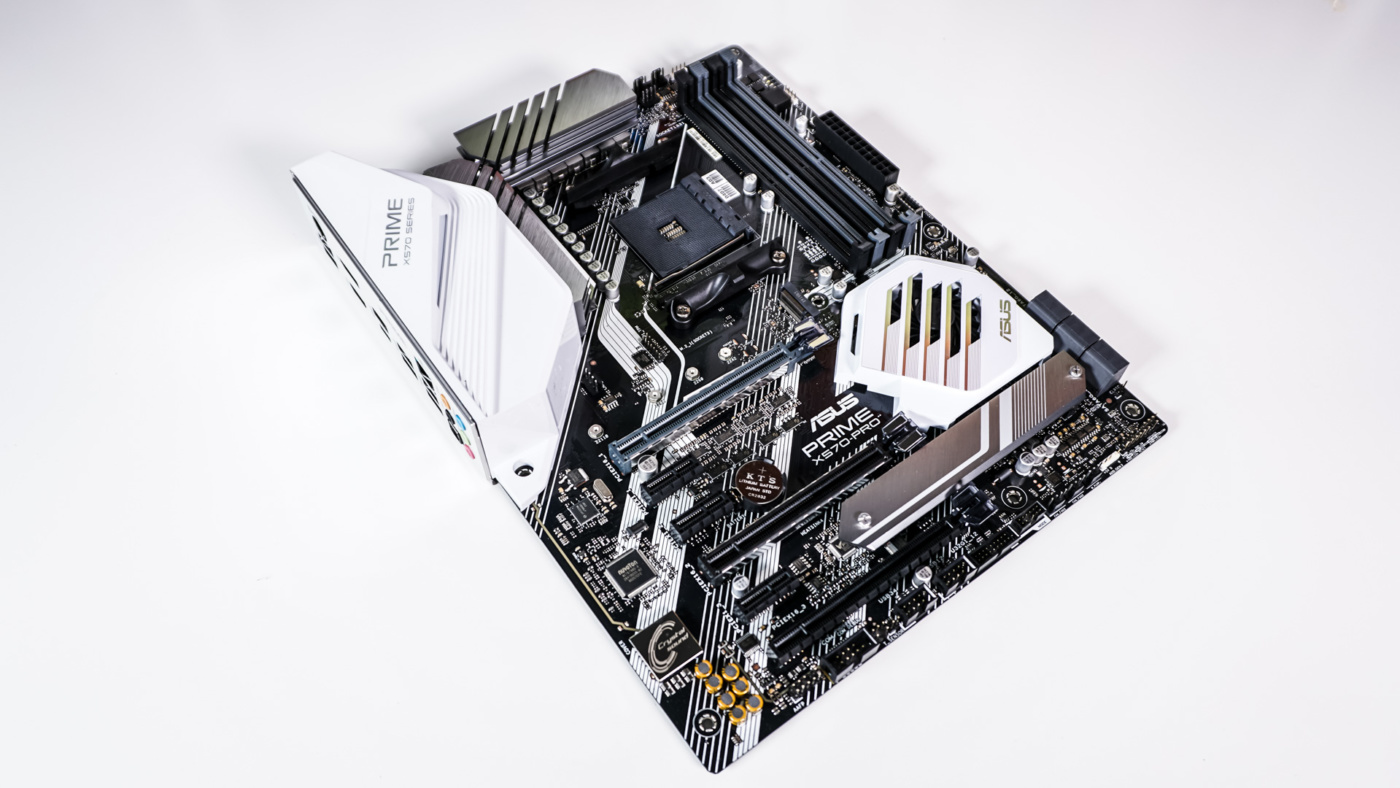Printed circuit boards or PCBs are important components of all electronic devices, including computers. PCBs are thin fiberglass boards that have pathways etched onto them. Those pathways tell electronic devices what to do in certain situations. As computers are complex electronic devices, they have several PCBs. How do they help computers? Let’s take a look.
Stated by a PCB manufacturing company. the etched pathways of the PCB usually include a variety of different components, like transistors, integrated circuits, and memory chips. The most common name for a PCB on a computer is the motherboard.
Motherboards and Daughter Boards
The motherboard is a big PCB that includes several components. It is common to see the circuits that control the central processing unit, input and output devices, memory components, and graphic processing units. The motherboard often has connections for USB ports, too. Each motherboard runs its own computer but also has the ability to communicate with other devices.
Along with motherboards, powerful computers usually have daughter boards, too. These are also known as expansion boards. They are also known as sound cards, graphic cards, or other accessory cards. They are usually smaller than motherboards, and they expand the motherboard’s capabilities by connecting through exterior ports or being installed into the computer itself.
Using Computers to Design the PCB
A computer of any size cannot function without a PCB or a motherboard. No electronic device can function without one. Interestingly, each PCB is designed on a computer, so the engineers can figure out what parts go where. Once the engineer and customer approve the location of the parts and the predicted functionality of the PCB, the board is printed using a plotted printer. It prints a film with two ink colors. The clear ink shows where the board is not conductive and black ink etch-resistant does the opposite.
The board itself has a bottom layer that is non-conductive and a top that has metal, like copper, on the top. Above the etch-resistant ink, chemicals are used to remove the copper, except where the design is. The copper remains, and the board becomes conductive in the remaining pathways.
After the pathways are created, components are soldered to the board. This is usually done with automation because a large number of boards are needed for the plethora of computers on the market. However, hobbyists can create their own PCBs using hand tools.
Peripherals and PCBs
Printed circuit boards aren’t just in computers. They are in the peripherals that support computers, too. These are just a few of the support devices that have PCBs:
- Computer mice
- Routers
- Modems
- Monitors
- Printers
- FAX machines
- Copy machines
- Virtual assistants like Alexas
- Smart accessories like speakers
The Need for Precise Design
The PCBs and components used in computers need to be affordable. Because they are so complicated, engineers work hard to keep the costs low and the tech high. The trick for PCB manufacturers is to get the design right quickly, to reduce human-resources expenses, and to include affordably-priced, reliable components. Otherwise, businesses will not be forced to close if their products cost too much or do not work properly.


